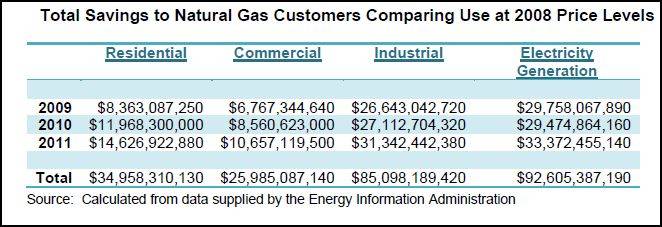SSDD
Gold Member
- Nov 6, 2012
- 16,672
- 1,966
- 280
Ask the germans and australians what renewables do to the price of electricity...they are the only ones who have really attempted to deploy renewables as a viable energy source...luckily we have barely deployed enough to do much more than ruin the landscape and kill our raptors, bats, and migratory birds at a truely alarming rate.
Which birds were blissfully happy with air pollution, coal mining, drilling for oil and the
AGW distortions to their migratory patterns threatening their very existence.
Re German renewable costs, see What German households pay for power
And, as I've said before, no such thing as a free lunch. However, the cost of switching to alternative energy is absolutely fucking pennies to the cost of dealing with AGW.
The 23% renewable surcharge should give you a clue....tell me, who do you think that sort of energy cost hurts the most? Could it be, as with all liberal pie in the sky schemes....the people who can least afford it?
As always...it is entertaining to watch you wack jobs attempting to defend the indefensible.
Last edited:


